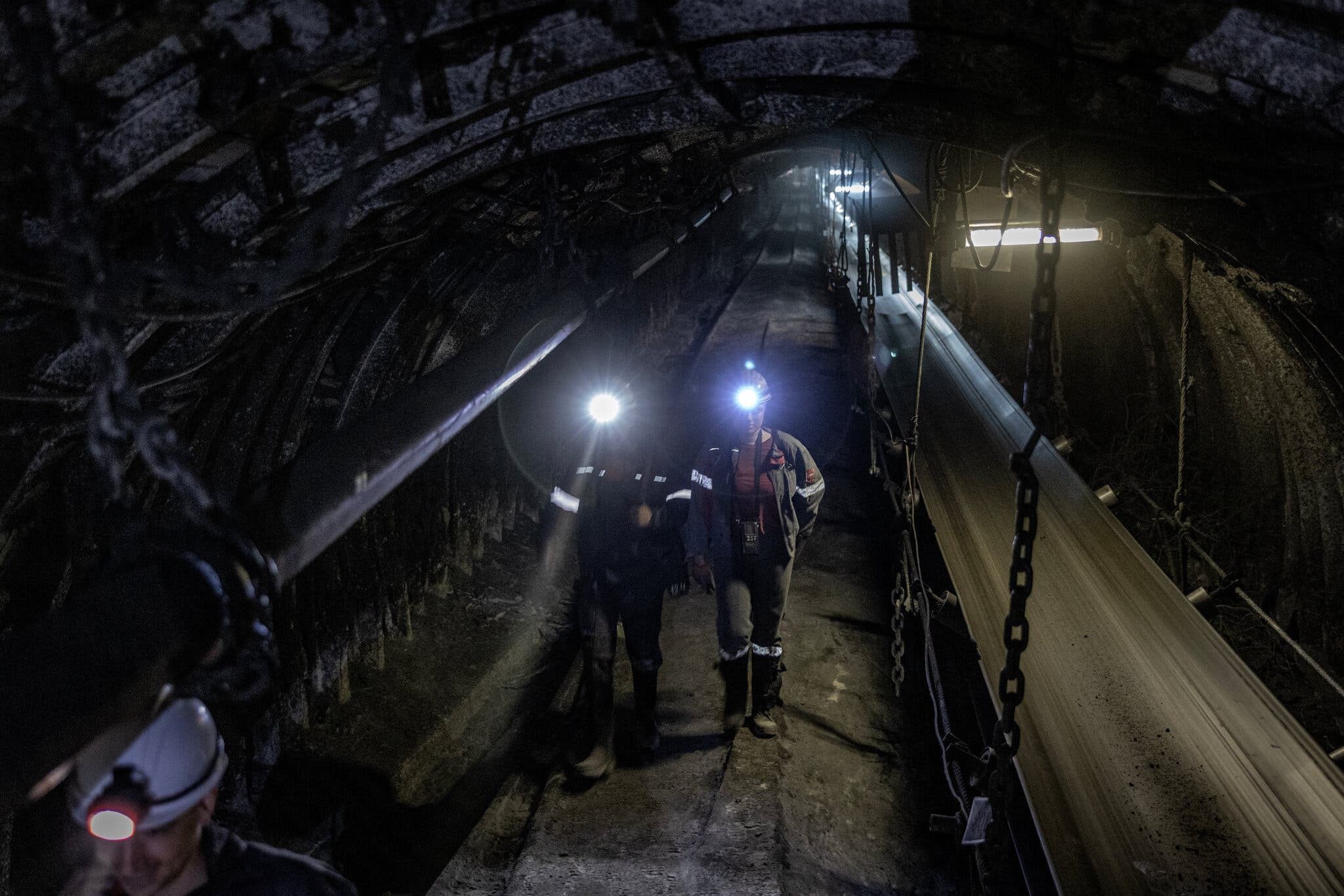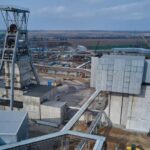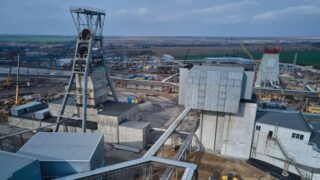
NYT: Ukraine destroys vital coking coal mine to prevent Russian tunnel access
Ukraine’s last operational coking coal mine near Pokrovsk in eastern Ukraine’s Donetsk Oblast has been shut down after workers destroyed vital infrastructure to prevent Russian forces from exploiting its tunnel network, NYT reports. The shutdown of the Metinvest-owned mine marks the end of Ukraine’s domestic coking coal production capability.
For months, Russia has been pushing to capture the remaining parts of Donetsk Oblast in eastern Ukraine, with a focus on Pokrovsk, Kurakhove, Chasiv Yar and other Ukrainian strongholds. Pokrovsk has been the focal point of Russia’s ground assaults. By late summer 2024, the situation near Pokrovsk had deteriorated with renewed Russian advances in the east.
According to the report, Anton Telegin, who worked at the mine for 18 years, made his final visit to collect wages on the day after Christmas, as Russian troops had reached one of the facility’s far gates. NYT notes that two days before his visit, a strike had disabled the plant’s electricity substation, halting operations.
The facility, located southeast of Pokrovsk, continued operations until the last possible moment despite increasing dangers. According to NYT, Metinvest offered pay rises to miners who stayed. Workers had to walk through miles of tunnels to reach mining areas closest to the front, using the underground network as protection from Russian attacks. The announcement of the mine’s shutdown came in mid-December.
“There is constant shelling, and it’s very close,” Maksym Rastiahaev, the head of a mining unit, told NYT shortly before Christmas. “Only the most resilient workers have remained.”
The closure will significantly impact Ukraine’s economy. Oleksandr Kalenkov, head of Ukraine’s steelmakers’ association, told NYT that steel production is expected to drop from 7.5 million tons in 2024 to less than 3 million tons in 2025.
Kalenkov told NYT that importing coking coal will be costly and complicated by war-related logistics. He expects strain on the economy and cutbacks in defense industry projects, including the production of armor for Patriot air defense systems.
By mid-December, Russian forces had advanced to within a few kilometers of the mine’s shaft No. 3. Several workers told NYT that miners, working with the military, placed explosives beneath the shaft. Around 20 December 2024, the shaft was destroyed.
“Everything collapsed, and now it’s all rock,” Telegin told NYT.
According to a Metinvest manager who spoke to NYT on condition of anonymity, explosives were also placed in two other shafts near Kotlyne and Udachne villages, which remain under Ukrainian control.
Related:






















